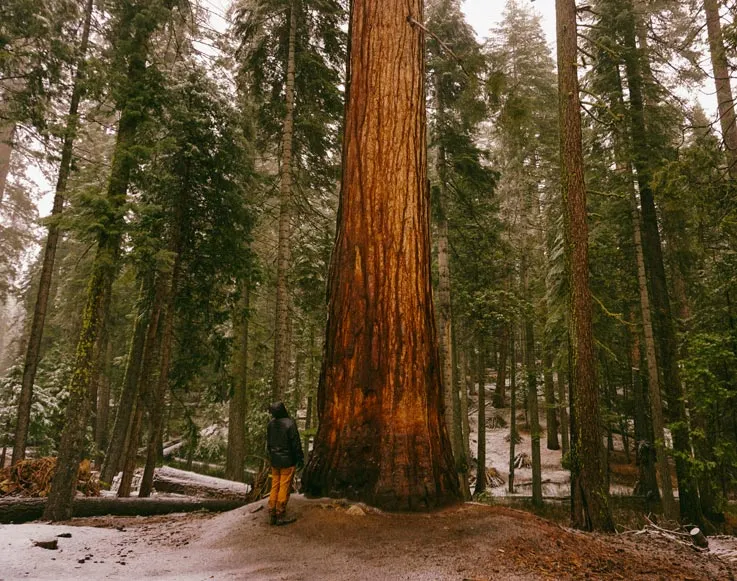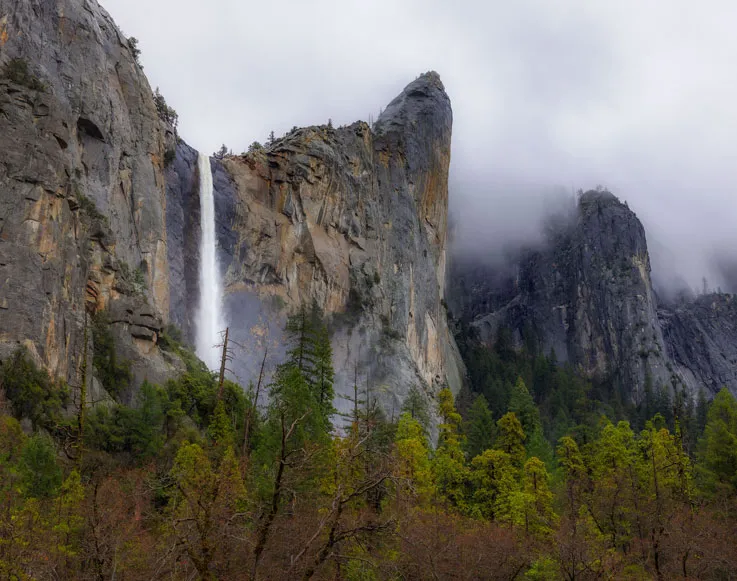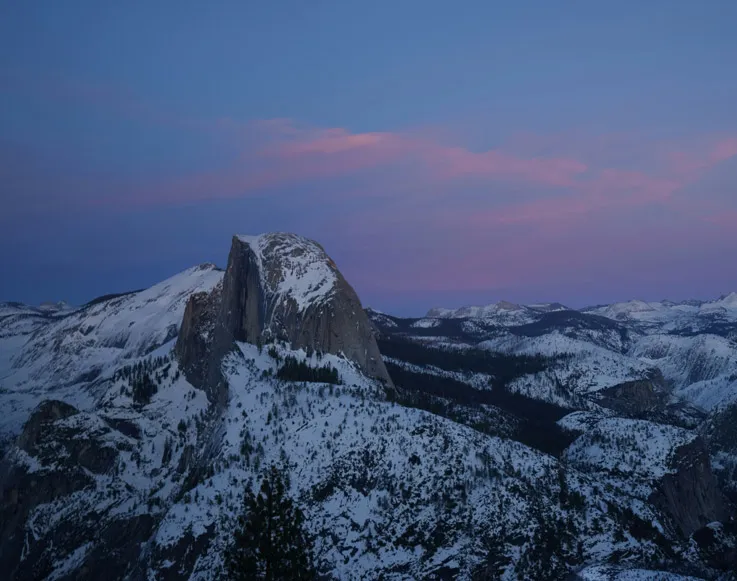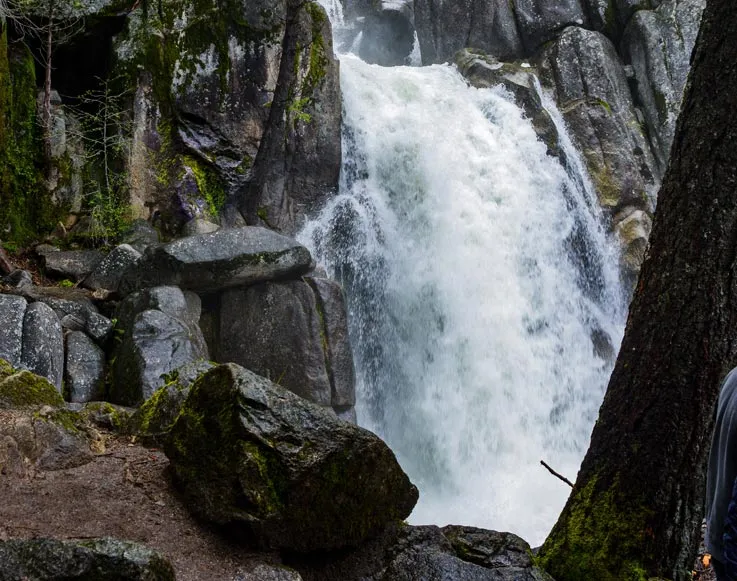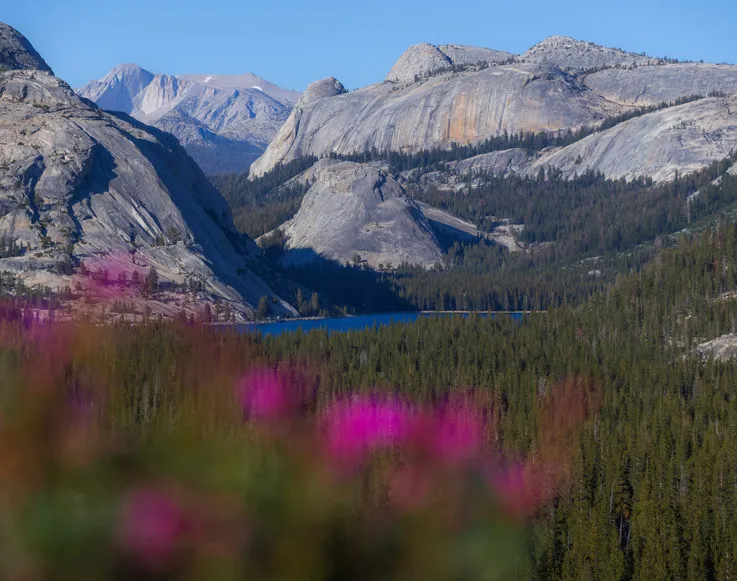Explore Yosemite National Park
Yosemite is a land of unparalleled grandeur. It is best known for its massive cascading waterfalls, giant granite domes, ancient giant sequoia trees, and vast wilderness spanning over 700,000 acres. You likely have many questions on how to best explore this iconic National Park. Here, we’ve gathered all the details to help you plan.
Visiting Yosemite
- The park is open 24 hours a day, seven days a week. The entrance station to Hetch Hetchy is only open during daylight hours.
- Entrance fees are required year-round, excluding fee-free holidays.
- Permits are NOT required for day hikes within the Park, unless you are hiking to the top of Half Dome.
- Wilderness permits are required for any backpacking or camping within the Park.
2025 Yosemite Peak-Hours Entrance Reservations
- September 2 through the rest of 2025: A reservation is not required at any time.
Fee-Free Entrance Days
On select days of the year, all National Park Service sites that charge an entrance fee will offer free admission to everyone. Mark your calendar for these National Park entrance fee-free dates in 2025!
Transportation
- The nearest airport to Yosemite National Park is Fresno Yosemite International Airport. It is a 1 hour and 20-minute drive from the airport to Tenaya at Yosemite and an additional 10 minutes to the Park’s south entrance.
- You can also take public transportation into Yosemite. The YARTS bus runs year-round along Highway 140 from Merced, or from May to September along the following routes: Highway 41 from Fresno; Highway 120 from Sonora; Highway 120/395 from Mammoth Lakes. Each route ends in Yosemite Valley.
- Advance reservations for summer service tickets on Highway 120, 140, and 41 are available now. Summer seats will require advance reservations, with a fraction of seats being available for same-day purchase.
Weather
- Yosemite receives most of its precipitation from January through March.
- Summers are generally dry and hot during the day with cooler temperatures in the evening. Occasionally, there may be an afternoon thunderstorm. During this season, temperatures in Yosemite Valley usually range from 51° F to 87° F.
- Yosemite’s winters are snowy and cold but can be sunny. In Yosemite Valley, average temperatures typically range from 28° F to 53° F.
- Springtime in the Park can be unpredictable, with sunny and warm days followed by winter storms. In Yosemite Valley, average temperatures range from 39° F to 69° F.
- Much like spring, fall is highly variable, with temperatures ranging from hot and dry to rainy or snowy – sometimes, within the same week. Average low temperatures in the fall are 35° F and average high temperatures are 54° F.

